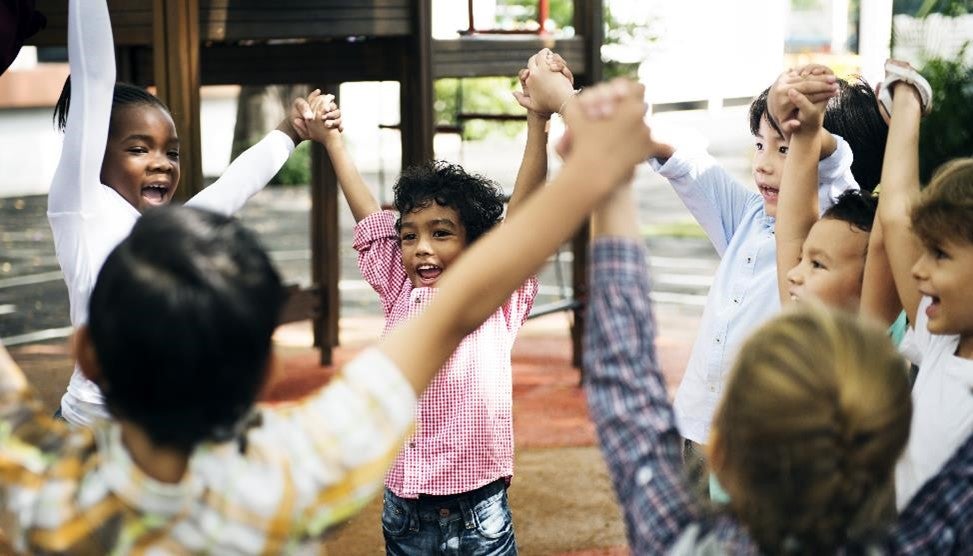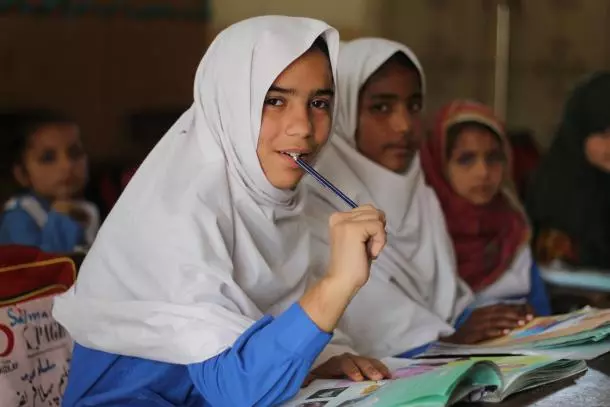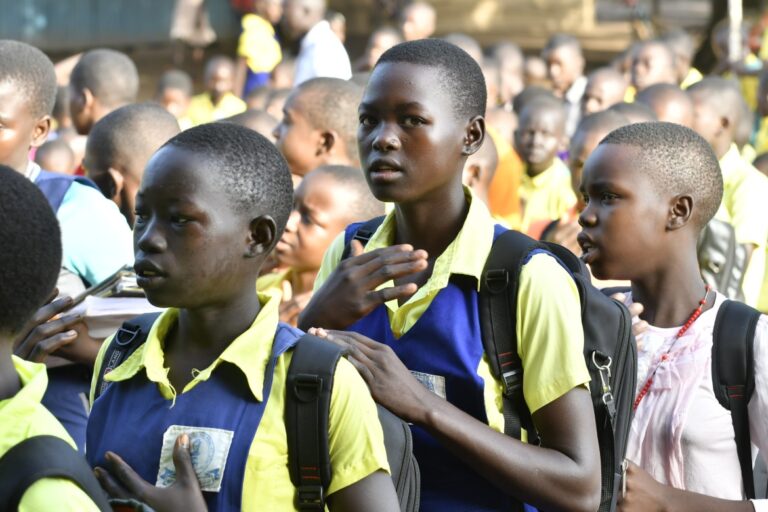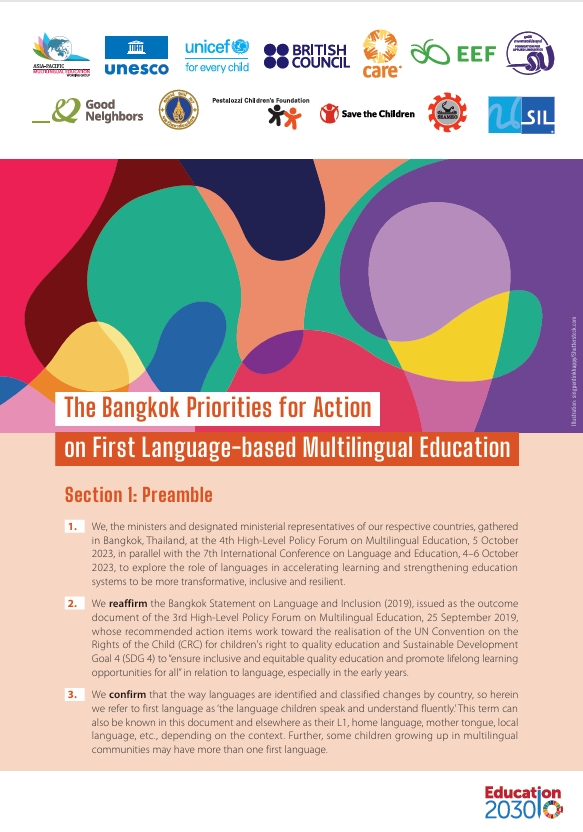Equality of opportunity and non-discrimination for all are at the heart of the World Bank’s twin goals of eradicating extreme poverty and boosting shared prosperity. Yet, today many people are left behind due to discrimination and exclusion related to their sexual orientation or gender identity (SOGI). When people are excluded from educational opportunities, their right to a fulfilling life and the opportunity to contribute to society at large is at risk.
Investment in young people’s education is critical in assuring equality of opportunity – yet lesbian, gay, bisexual, transgender, and intersex (LGBTI) youth are often excluded from learning opportunities when education systems forgo ensuring inclusion and equity in the classroom. In some countries, there have been noteworthy legal and social advances; in others, indifference prevails. In some places, discrimination is widespread, accepted, and growing.
Inclusive laws and policies go a long way toward supporting LGBTI students’ right to education. The World Bank’s Equality of Opportunity for Sexual and Gender Minorities (EQOSOGI) report sheds light on the legal and regulatory barriers to inclusion faced by sexual and gender minorities in 16 countries across six indicators, including access to inclusive education.
The report finds that sexual and gender minorities across all sixteen countries surveyed face various barriers in accessing inclusive and non-discriminatory education. The report offers a number of good practice policy recommendations, which provide valuable insights for education policymakers worldwide. Here are four to consider:
Combatting discrimination is critical to facilitating safe and inclusive learning environments. Learning interventions are ineffective when young learners do not see their institutions in this manner. That is why this is now a key pillar of the World Bank’s strategic approach to education—not an add-on, not a “nice to have,” but an essential element of quality education.
It is also time to think holistically about inclusive education, and for policymakers to consider the full range of SOGI-inclusive interventions when prescribing policy. For example, it is a step forward when educational settings adopt SOGI-inclusive curricula. But without an inclusive and discrimination-free enabling environment, this progress can easily be reversed. Today, classrooms often present and perpetuate the most negative norms in a society. In an equal sense, however, they are harbingers of change for today’s LGBTI learners and a critical starting point for youth to think and act inclusively.
The Equality of Opportunity for Sexual and Gender Minorities 16-country report is the first in a series of reports aimed at analyzing laws and regulations affecting sexual and gender minorities’ economic opportunity in many different countries across the globe.
Connect with us :






